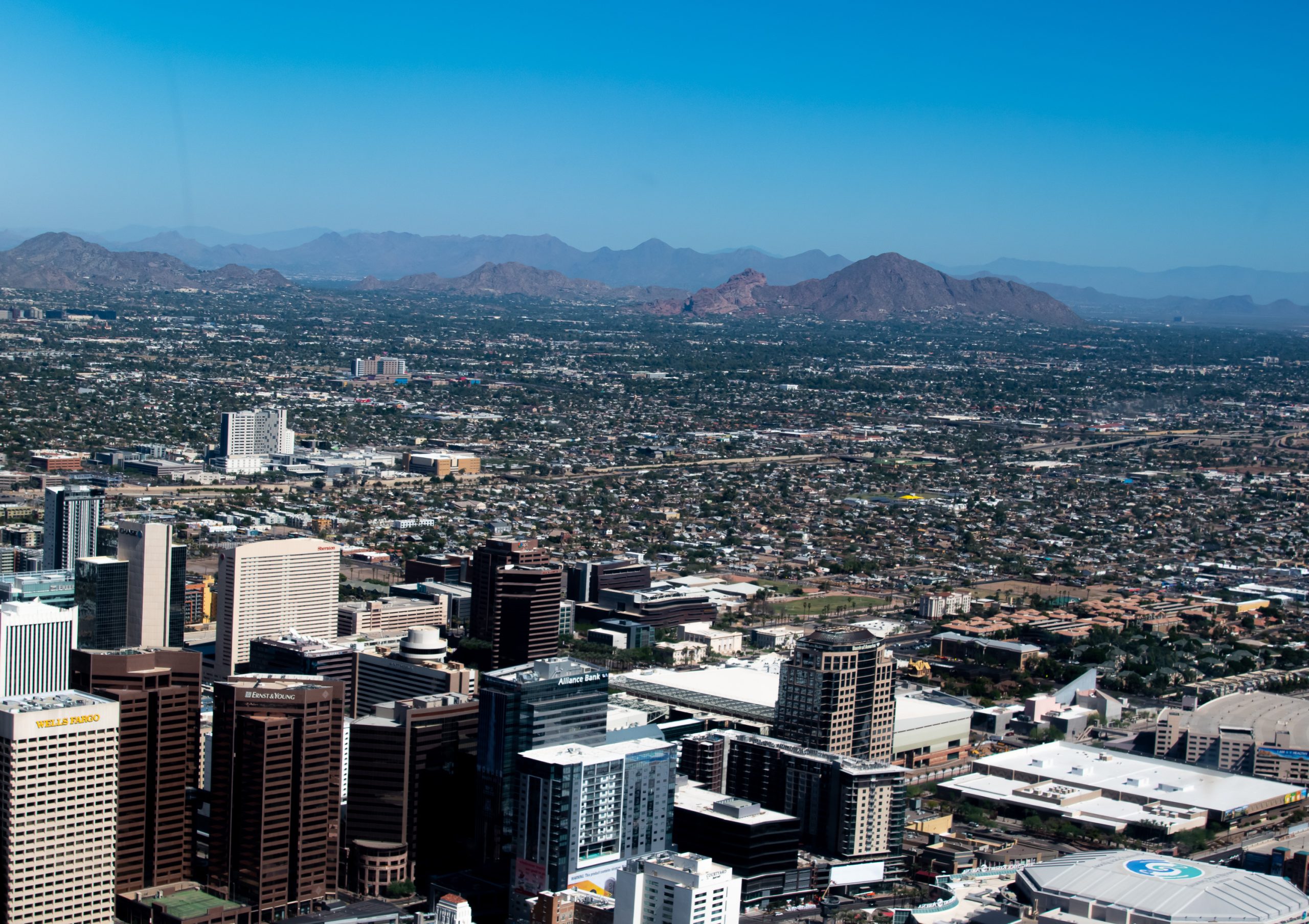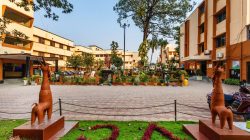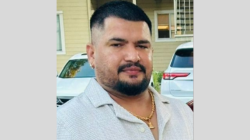Arizona’s Ambitious Move to Lead the Flying Car Revolution
Arizona is making a bold move to position itself as a leading hub for the emerging flying car industry. State legislators have allocated $2 million in the state budget to support infrastructure development and have passed a new law that mandates planning for “advanced air mobility.” This initiative reflects a growing interest in transforming transportation through innovative technology.
Arizona Senator Mark Kelly, a former space shuttle commander and combat pilot, is one of the most vocal supporters of this vision. In a recent interview, he expressed his enthusiasm for the concept of flying cars. “I love the flying car idea,” Kelly said. “You grew up watching ‘The Jetsons.’ Don’t you feel like we were promised the Jetsons and instead got 140 characters on Twitter?” He added, “We should have gotten the flying car much earlier… We have the technology and there are companies that are doing this.”
This push comes at a time when several companies are working on developing functional prototypes of flying vehicles. One such company is Alef, a three-year-old startup whose founders have been working on a flying car since 2015. The company claims to have successfully developed functioning prototypes, including its Model A, which is designed to fit in a standard parking space. According to CEO Jim Dukhovny, the vehicle has been both driving and flying for three years. “The whole point is to take the car, a regular car, and make it take off vertically and fly forward,” Dukhovny explained. “Surprisingly enough, nobody did it in history.”
Alef is now accepting pre-orders for as little as $150, with vehicles projected to cost nearly $300,000. However, the company acknowledges that safety certification remains a major hurdle before commercial availability. “If we can get safety right, that will mean you would buy it,” Dukhovny said. “The only thing standing between purchasing the actual car is the safety.”
Price is an obvious barrier to widespread adoption by consumers. Despite this challenge, other companies are also entering the market. For example, Boeing Co.’s subsidiary Wisk is developing an Electric Vertical Take-Off and Landing vehicle called Cora, which would serve as an air taxi. At a February hearing on the Arizona legislation, a Boeing government affairs director noted that there are over a dozen companies worldwide developing these types of aircraft.
Republican State Sen. David Farnsworth of Mesa, who championed the budget allocation, believes Arizona should compete aggressively for the industry. “These companies across the world are racing to be first,” he said. “For growth in Arizona to happen, we need this advanced air mobility, and we need to put the infrastructure in.” Farnsworth plans to hold weekly stakeholder meetings to coordinate advanced air mobility development.
Farnsworth envisions building “vertiports” that would serve as charging stations for vertical-lift aircraft. “A lot of people believe that we have the best freeway system in the nation,” Farnsworth said. “We couldn’t have grown as a state so well without this, but it is so slow and expensive to build. I believe that advanced air mobility is the future and is worthy of investment.”
The legislative framework requires the Arizona Department of Transportation to begin developing infrastructure plans next year. Alef’s Jim Dukhovny says his vehicles can rely on existing infrastructure. “We’re a little different,” he said. “We can literally take off and land from everywhere.”
However, questions remain about the potential impact of flying cars on urban environments. Will mayhem on city streets rise to a new level in the skies? Senator Kelly argues that advanced automation could make aerial vehicles safer than traditional road travel. “I think we can build a vehicle that’s automated enough that we can pull this off,” he said. “Maybe someday I’m going to have a flying car in my driveway. Instead of having to drive up I-10, taking an hour and 45 minutes (from Tucson to Phoenix), I can get here in 30 minutes.”







